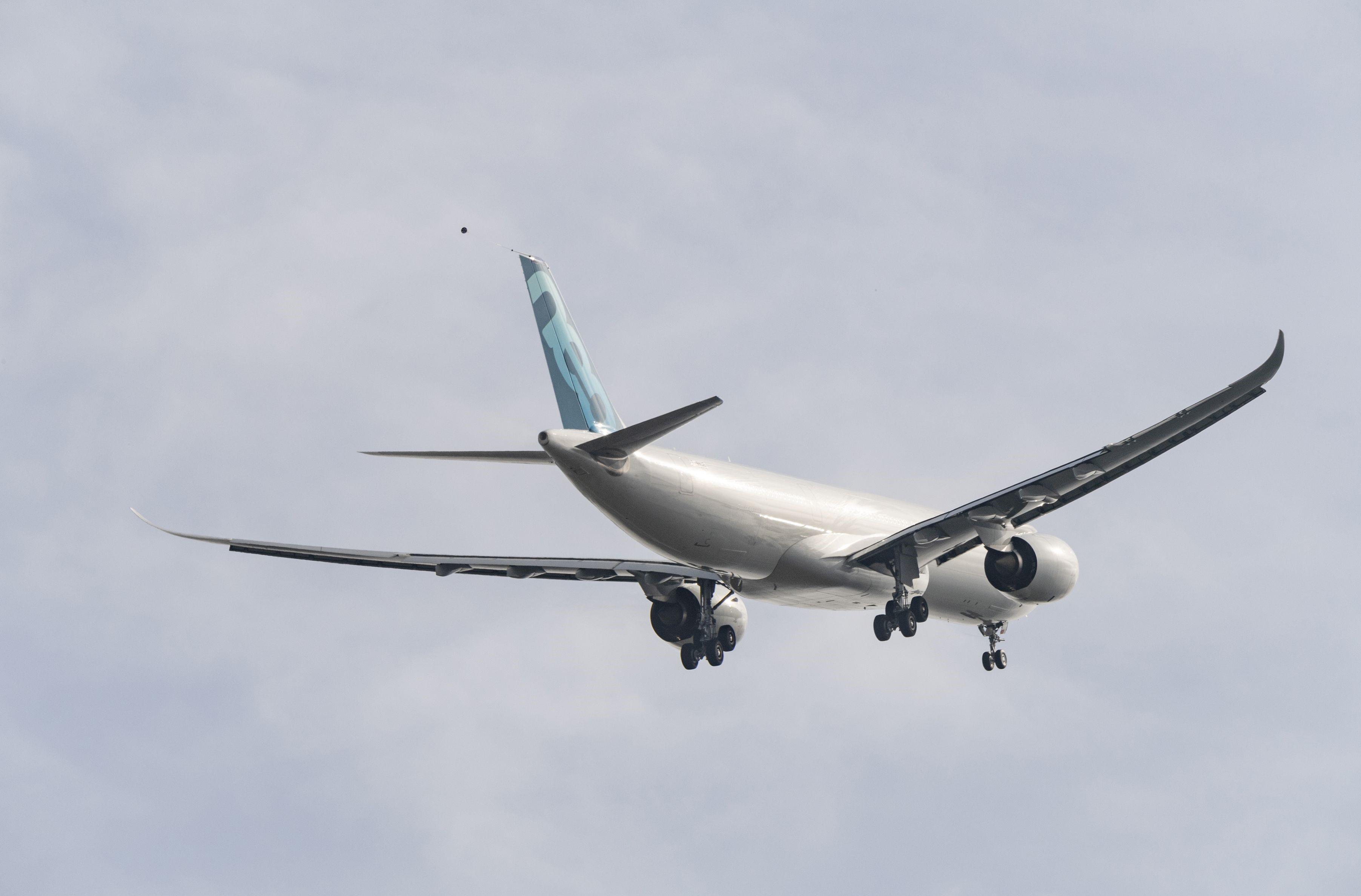
Credit: Airbus
ORLANDO, Florida—As suppliers prepare for a presumed rebound in demand for parts and services to support global airline fleet activity, mitigating risk of inevitable future disruptions is top of mind. Flight control and actuation systems specials Liebherr-Aerospace had risk-assessment plans before...
Subscription Required
This content requires a subscription to one of the Aviation Week Intelligence Network (AWIN) bundles.
Schedule a demo today to find out how you can access this content and similar content related to your area of the global aviation industry.
Already an AWIN subscriber? Login
Did you know? Aviation Week has won top honors multiple times in the Jesse H. Neal National Business Journalism Awards, the business-to-business media equivalent of the Pulitzer Prizes.
